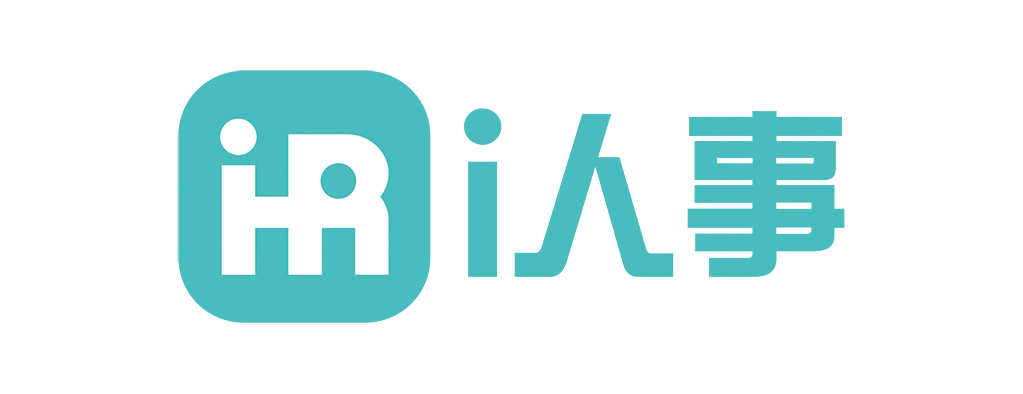
This article, crafted from the perspective of a seasoned CIO, explores how to articulate the concept of “制度的完善” (system or process improvement) in English across various enterprise contexts. We’ll delve into key areas like process refinement, policy enhancement, system upgrades, regulatory compliance, procedural optimization, and framework development, offering practical advice and examples. Let’s navigate the nuances of describing these improvements effectively.
Describing Process Improvement
- Defining Process Improvement: Process improvement, in essence, is about making our existing workflows more efficient, effective, and reliable. It’s not just about fixing what’s broken; it’s about continually seeking better ways to operate.
- 1.1 Common Phrases: When discussing process improvement, you might hear phrases like “streamlining operations,” “optimizing workflows,” or “enhancing efficiency.” These terms all point towards the same goal: doing things better.
- 1.2 Example Scenario: Imagine a company that has a cumbersome expense reporting process. Describing the improvement might involve saying, “We’ve streamlined the expense approval process by implementing an automated system, reducing processing time by 50%.” From my experience, showing quantifiable results like this is crucial.
- 1.3 Potential Problems & Solutions: A common problem is resistance to change. To address this, focus on clear communication, demonstrating the benefits, and involving team members in the process. I’ve found that people are more likely to embrace change when they feel heard and understand the “why.”
Discussing Policy Refinement
- What is Policy Refinement?: Policy refinement involves reviewing, updating, and improving existing organizational policies. This isn’t just about adding more rules; it’s about ensuring policies are clear, relevant, and effective.
- 2.1 Key Aspects: When talking about policy refinement, consider aspects like clarity, enforceability, and alignment with current business needs and regulations.
- 2.2 Example: A company might refine its data security policy to address new cybersecurity threats. You might say, “We’ve refined our data security policy to incorporate multi-factor authentication, aligning with industry best practices.”
- 2.3 Challenges & Solutions: One challenge is ensuring that everyone understands and follows the updated policies. Training, regular communication, and even gamification can help. I have seen that regular policy reviews are crucial to keep them up-to-date with the fast-changing business environment.
Addressing System Enhancement
- Understanding System Enhancement: System enhancement refers to improvements made to the technology systems a company uses, whether it’s software, hardware, or infrastructure.
- 3.1 Types of Enhancements: These enhancements can include software upgrades, adding new features, or improving system performance.
- 3.2 Example: A company might enhance its CRM system to better track customer interactions. You could describe this as, “We’ve enhanced our CRM system with a new analytics dashboard, allowing us to better understand customer behavior.”
- 3.3 Pitfalls & Solutions: A key problem is ensuring system upgrades don’t disrupt business operations. Thorough testing, phased rollouts, and robust user training are essential. From my perspective, it’s all about minimizing downtime and maximizing user adoption.
Talking about Regulatory Compliance
- Regulatory Compliance in Detail: Regulatory compliance is about adhering to laws, regulations, and industry standards. It’s not an optional extra; it’s a must-do.
- 4.1 Importance: Ensuring compliance is crucial for avoiding legal issues, protecting data, and maintaining trust.
- 4.2 Example: A company might implement new data privacy measures to comply with GDPR. You could say, “We’ve strengthened our data privacy measures to ensure full compliance with GDPR regulations.”
- 4.3 Potential Issues & Solutions: Keeping up with ever-changing regulations can be complex. A proactive approach, using specialized software and consulting with experts, can help. I’ve learned that a compliance mindset needs to permeate the entire organization.
Explaining Procedural Optimization
- What is Procedural Optimization?: Procedural optimization focuses on refining specific steps within a process to make it faster, cheaper, or better.
- 5.1 Focus Areas: This is about looking at the nitty-gritty details of how work gets done.
- 5.2 Example: A company might optimize its inventory management procedure. You might say, “We’ve optimized our inventory management procedure by implementing a just-in-time approach, reducing storage costs.”
- 5.3 Common Problems & Solutions: A common problem is resistance to changing ingrained habits. Engaging employees and showing how optimization benefits them can make a difference. From my observation, small changes in procedures can have a big impact.
Communicating Framework Development
- Understanding Framework Development: Framework development refers to creating new structures, models, or guidelines for how the organization operates.
- 6.1 Purpose: These frameworks aim to provide a consistent and efficient way of working.
- 6.2 Example: A company might develop a new project management framework. You could describe this as, “We’ve developed a new project management framework based on Agile principles, improving project delivery times.”
- 6.3 Challenges & Solutions: A key challenge is ensuring the framework is practical and adaptable. Involving stakeholders in the development process is crucial. I’ve found that a collaborative approach leads to more effective frameworks.
| Aspect | Describing Improvement | Potential Problems | Solutions |
|---|---|---|---|
| Process Improvement | Streamlining operations, optimizing workflows, enhancing efficiency | Resistance to change | Clear communication, demonstrating benefits, employee involvement |
| Policy Refinement | Ensuring clarity, enforceability, alignment with business needs and regulations | Lack of understanding/compliance | Training, regular communication, policy reviews |
| System Enhancement | Upgrading software, adding new features, improving system performance | Disruption to operations | Thorough testing, phased rollouts, user training |
| Regulatory Compliance | Adhering to laws, regulations, and industry standards | Keeping up with changing regulations | Proactive approach, specialized software, consulting experts |
| Procedural Optimization | Refining specific steps within a process to make it faster, cheaper, or better | Resistance to changing habits | Engaging employees, showing benefits |
| Framework Development | Creating new structures, models, or guidelines for how the organization operates | Ensuring practicality and adaptability | Involving stakeholders in the development process |
原创文章,作者:IT_admin,如若转载,请注明出处:https://docs.ihr360.com/strategy/it_strategy/32013
